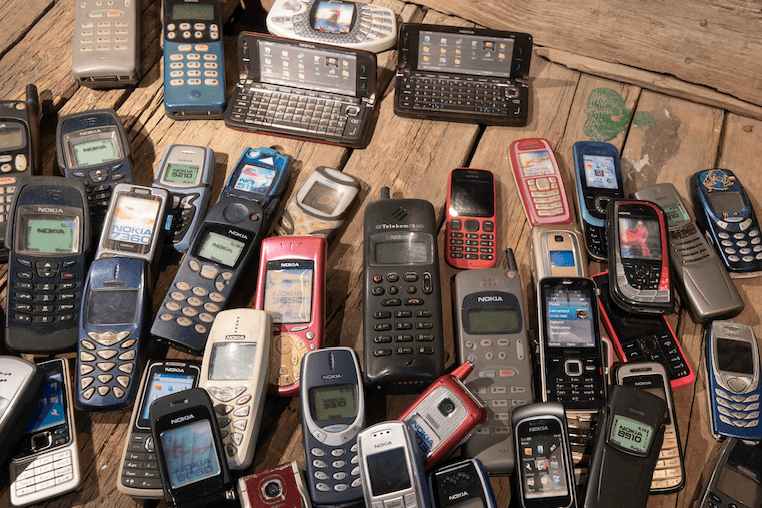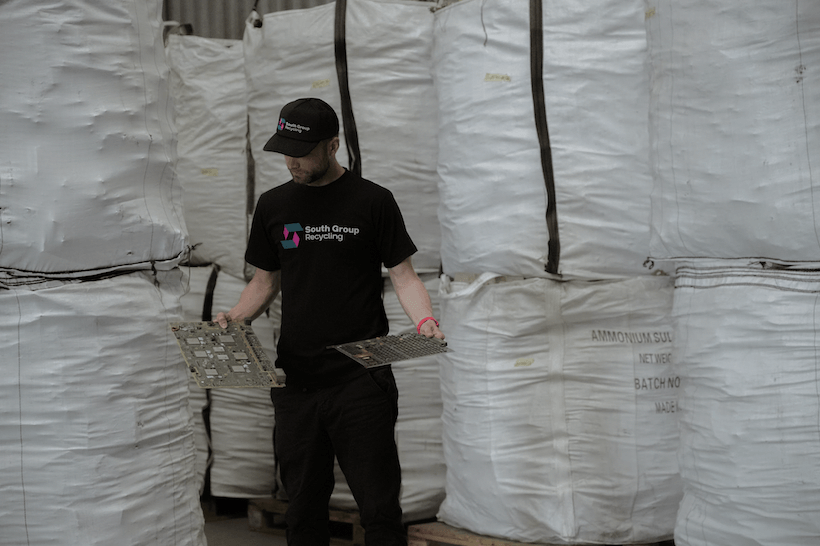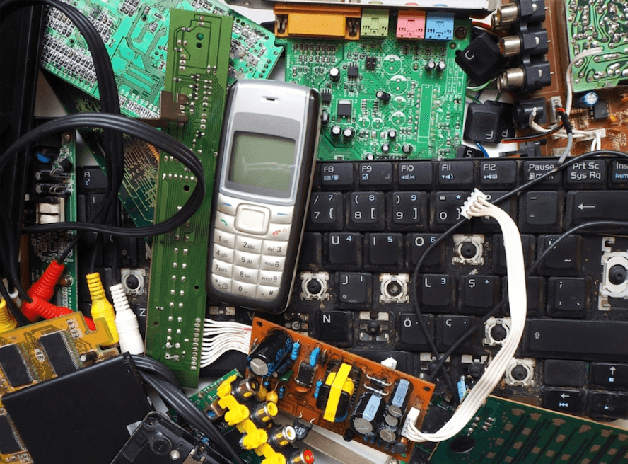In today’s fast-paced technological landscape, electronic devices have become an integral part of our lives. From smartphones and laptops to household appliances and entertainment systems, we rely heavily on these gadgets to simplify and enhance our daily activities. However, as our desire for newer and more advanced electronics grows, so does the problem of electronic waste, or e-waste. E-waste poses a significant environmental challenge, but it also presents an opportunity for individuals to make a positive impact while potentially reaping financial gains.
Understanding E-Waste: A Growing Concern
E-waste refers to discarded electronic devices that have reached the end of their useful life. This category includes everything from old smartphones and obsolete computers to outdated televisions and broken kitchen appliances. Unfortunately, many of these devices end up in landfills, contributing to pollution and environmental degradation. E waste contains hazardous materials such as lead, mercury, cadmium, and brominated flame retardants that can leak into soil and water sources, posing serious health risks to humans and wildlife alike.
The Importance of E-Waste Recycling
Recycling e-waste is not only a responsible choice but also a necessity. By diverting electronics from landfills, we prevent the release of harmful substances into the environment and conserve valuable resources. Many of the materials used in electronics, such as precious metals like gold, silver, and palladium, can be recovered through proper recycling processes. This reduces the need for mining raw materials, which often leads to habitat destruction and energy-intensive processes.
Discovering Hidden Value
One of the intriguing aspects of e-waste recycling is the potential financial gain it can offer. Many people are unaware that their old and seemingly useless electronics contain valuable materials that can be extracted and sold to specialized recycling facilities. For instance, an old smartphone might contain small amounts of precious metals that, when accumulated from a larger volume of devices, can add up to a substantial sum. By recycling these materials, individuals can not only contribute to environmental preservation but also earn a bit of extra money.
How to Uncover the Value in Your Old Electronics
- Collection and Assessment: Start by gathering all your old electronics. This includes broken devices, outdated gadgets, and even items you might have considered throwing away. Carefully assess the condition of each device and determine whether it’s suitable for recycling.
- Research Recycling Options: Look for local South Group recycling collection centers for e waste recycling. Our facilities have the expertise and equipment to safely extract valuable materials from your electronics.
- Separation of Materials: Before handing over your old electronics, you might be asked to remove personal data or information. Once your devices are ready for recycling, the materials will be separated and sorted. Valuable components (like metals) are then extracted for processing.
- Economic Incentives: Financial incentives for turning in e-waste may vary depending on factors like the type and quantity of materials. This can be a rewarding bonus for choosing to recycle.
- Environmental Impact: While the potential financial gain is an attractive aspect of ewaste recycling, it’s crucial not to lose sight of the larger goal: environmental protection. By recycling your electronics, you contribute to reducing the demand for new raw materials and minimizing the environmental harm caused by improper disposal.
Conclusion
Electronic recycling presents a unique opportunity for individuals to make a positive impact on both the environment and their finances. By responsibly disposing of old electronics, we can prevent hazardous materials from polluting the earth and contribute to the conservation of valuable resources. So, the next time you consider discarding your outdated gadgets, take a moment to think about the hidden value they might hold – not just in terms of potential financial gains, but in terms of building a sustainable future for generations to come.
If you’re looking for a reliable and responsible solution to recycle your electronic waste, look no further than South Group recycling. At South Group, we are dedicated to providing environmentally-friendly services for those looking for e waste recycling near me services. With our facilities and expertise in handling electronic waste, we ensure that your old devices are recycled in a secure and sustainable manner. By choosing South Group, you not only contribute to the preservation of the environment but also support the responsible management of valuable resources found in your old electronics. Join us in making a positive impact today by recycling your electronic waste through South Group.




